New research reveals why young puffins are drawn to artificial lights like moths to flames and how simple fixes could save them.
The Puffin Patrol: Newfoundland’s Midnight Rescue Squad
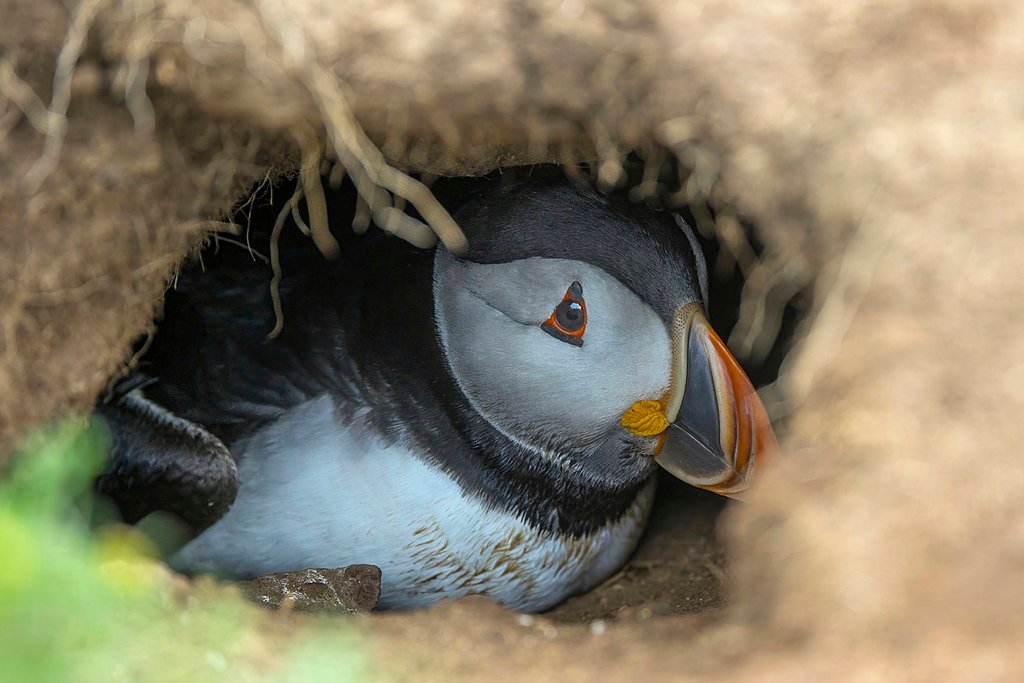
Every August in Witless Bay, Canada, volunteers armed with butterfly nets and flashlights scour the coastline for stranded pufflings baby Atlantic puffins that should be at sea but instead wander into town. This grassroots “Puffin Patrol”, started in the 2000s, has saved thousands of birds.
Why they’re needed:
- <1% of pufflings strand yearly, but that’s enough to threaten colonies.
- Artificial lights lure them inland, where they face cars, cats, and foxes.
- Atlantic puffin populations are declining in Europe (listed as endangered).
“It’s like watching toddlers wander into traffic,” says seabird biologist Sabina Wilhelm. “They’re programmed to follow the moon’s glow on water—but now they follow streetlights.”
The Lighthouse Effect: Science Confirms Puffins Can’t Resist Light
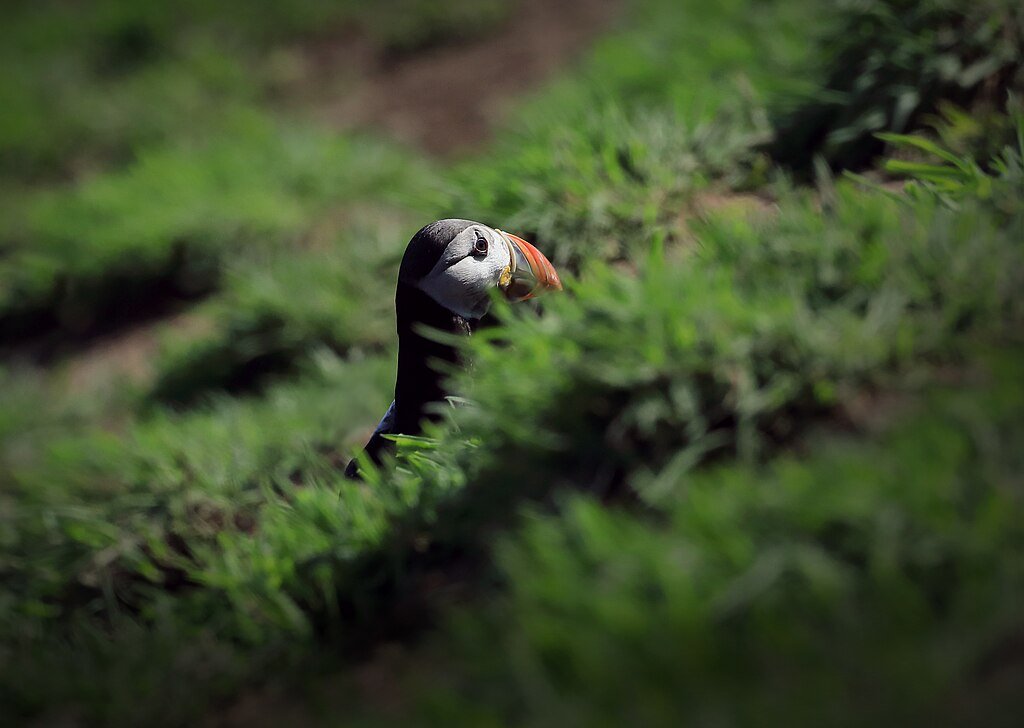
A major study published in Animal Behaviour in 2025 confirmed what many locals had feared all along puffins are dangerously drawn to artificial lights, often with fatal consequences. Researchers ran three experiments:
- Beach Lighting Test:
- Lit beaches: Dozens of stranded pufflings.
- Dark beaches: Almost none.
- Y-Maze Choice:
- 100% of pufflings chose lit paths over dark ones.
- Light Type Trial:
- No preference for LED vs. sodium lights—but birds moved more under darkness, making them easier to spot.
“They’re like seabird Icaruses,” says lead author Taylor Brown. “Drawn to light without understanding the danger.”
Why Lights Fool Puffin Navigation
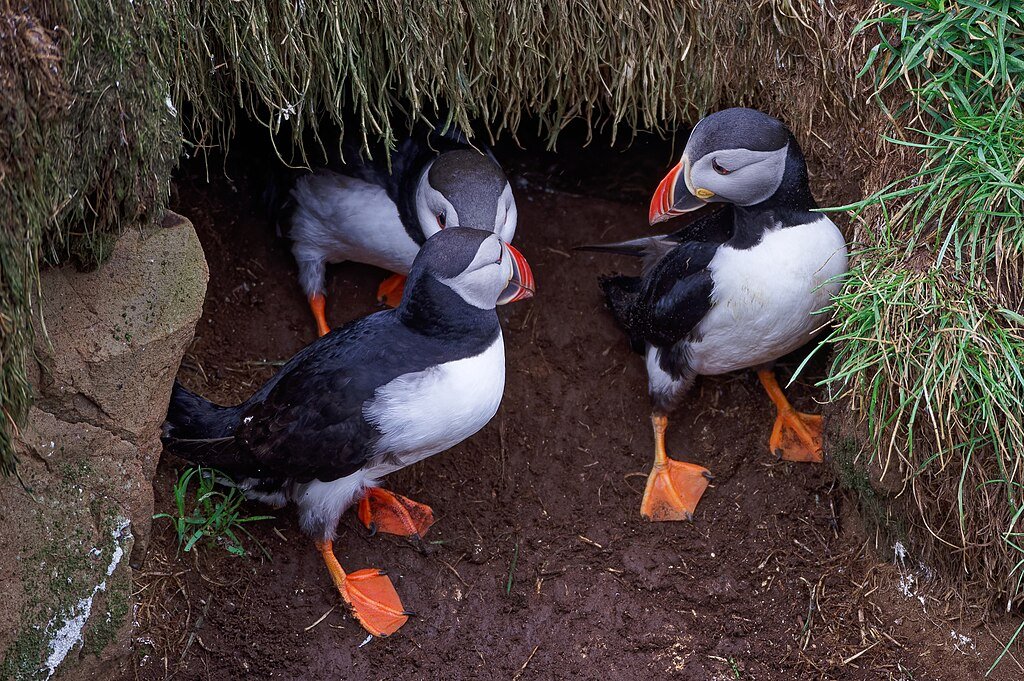
Puffins navigate by:
- Moonlight reflecting on waves (their natural guide to the ocean).
- Starlight polarization patterns.
Artificial lights scramble this system:
- Coastal towns create “false moons.”
- LEDs mimic star glimmers.
- Fog amplifies the effect, increasing strandings 300%.
“Their eyes evolved over millennia not for Times Square,” explains biologist Ian Jones.
The Domino Effect: How Strandings Threaten Colonies
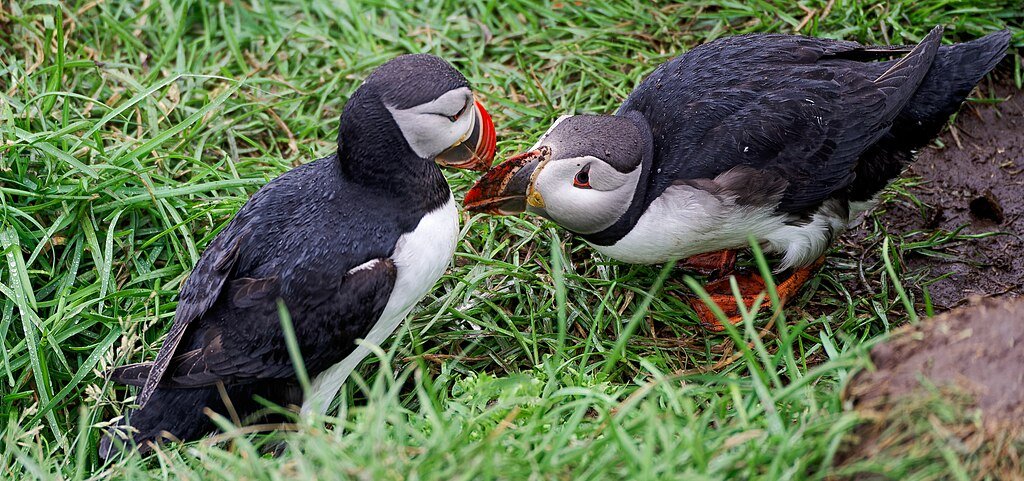
Each lost puffling has outsized consequences:
- Puffins mate for life and return to the same burrow yearly.
- They breed slowly (one chick per pair annually).
- Colonies need ~90% survival rates to sustain populations.
In Iceland, where puffins are endangered, light pollution has reduced fledgling survival by 17% since 2000.
Simple Solutions: How to Turn Off the Death Trap
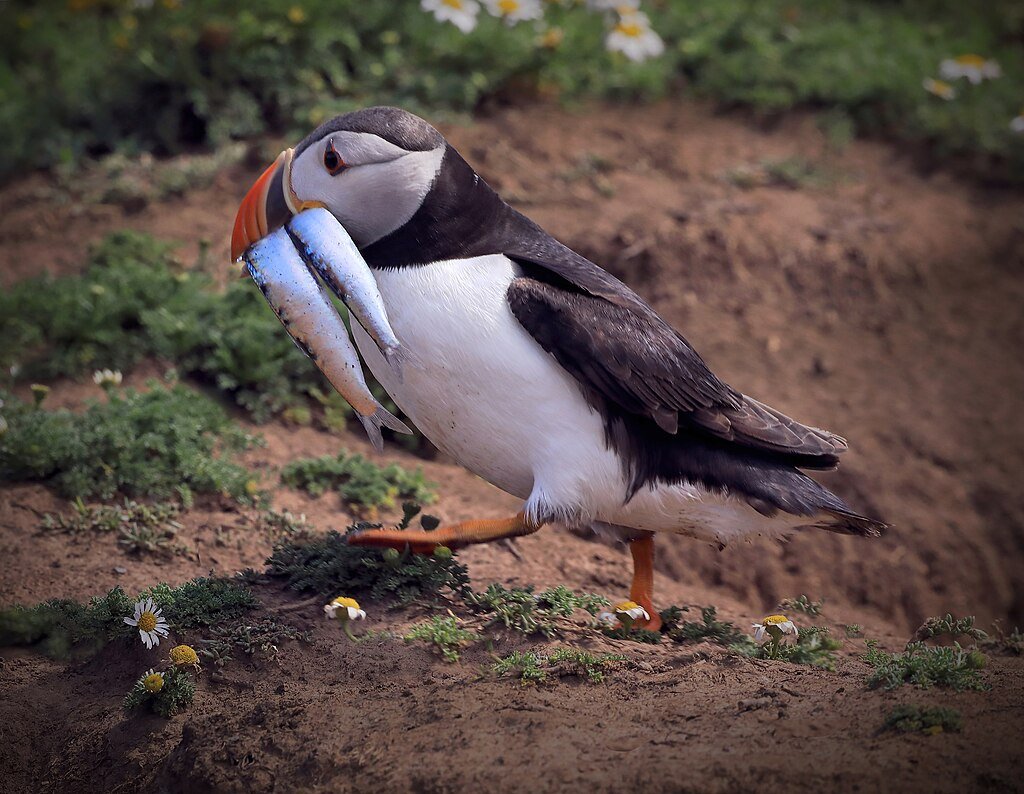
The fix isn’t blackouts it’s smarter lighting:
Proven Strategies:
- Shielded streetlights (direct beams downward, not skyward).
- Motion-activated lights on docks and roads.
- Red LEDs (least disruptive to wildlife, though puffins show no color preference).
Success Story:
In Norway’s Røst archipelago, dimming lights during fledging season reduced strandings by 80%.
Beyond Puffins: A Global Seabird Crisis
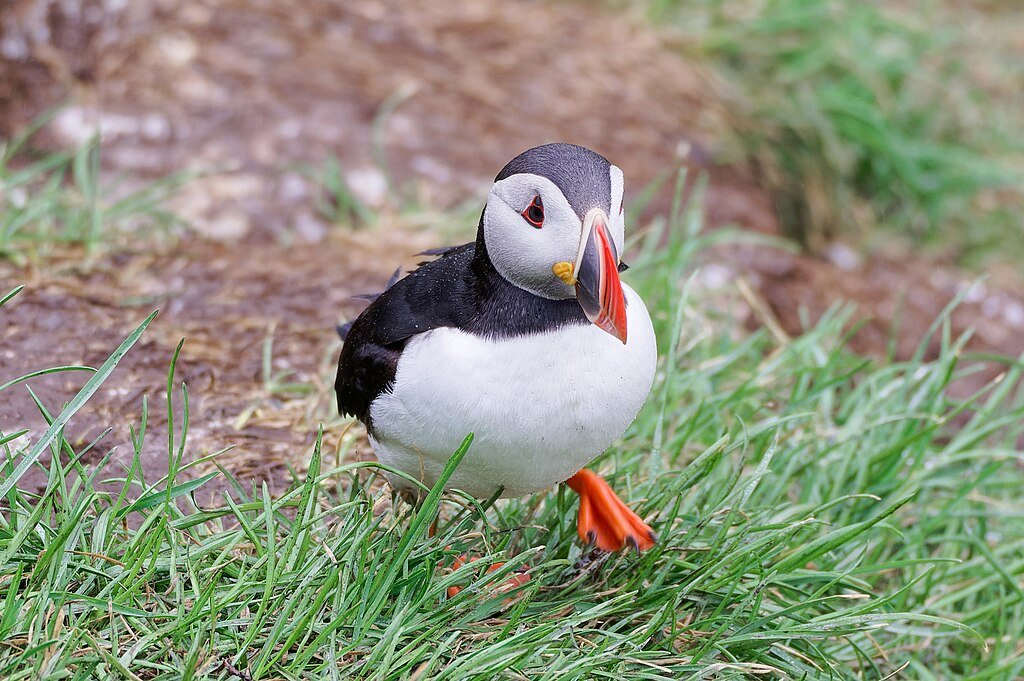
Light pollution affects over 60 seabird species, including:
- Leach’s storm petrels (Canada): 40% of chicks stranded yearly.
- Hawaiian shearwaters: Fledglings circle lights until exhausted.
- Balearic shearwaters (Mediterranean): 15% population decline linked to coastal resorts.
“This isn’t just a puffin problem,” warns Brown. “It’s a symptom of how we’ve lit up the night without considering life that depends on darkness.”
How You Can Help
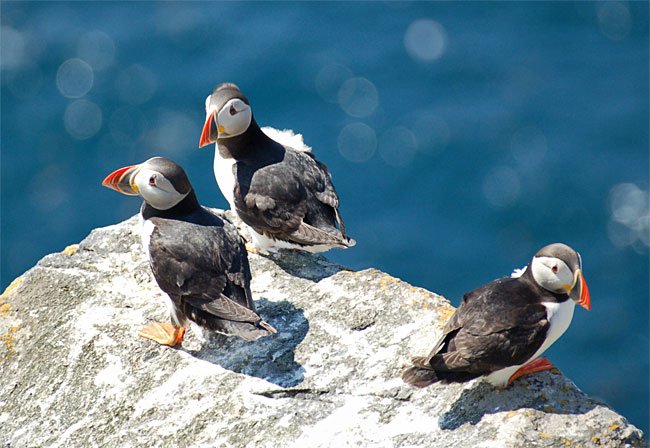
- Support “Lights Out” campaigns during fledging seasons (Aug–Sep in Newfoundland).
- Volunteer with rescues like Puffin Patrol or Project Puffin (Maine, USA).
- Advocate for dark-sky policies in coastal towns.
“Every light turned off is a puffling that makes it to sea,” says Wilhelm.
Sources:
Mongabay: Puffins & Light Attraction | Animal Behaviour Study

Suhail Ahmed is a passionate digital professional and nature enthusiast with over 8 years of experience in content strategy, SEO, web development, and digital operations. Alongside his freelance journey, Suhail actively contributes to nature and wildlife platforms like Discover Wildlife, where he channels his curiosity for the planet into engaging, educational storytelling.
With a strong background in managing digital ecosystems — from ecommerce stores and WordPress websites to social media and automation — Suhail merges technical precision with creative insight. His content reflects a rare balance: SEO-friendly yet deeply human, data-informed yet emotionally resonant.
Driven by a love for discovery and storytelling, Suhail believes in using digital platforms to amplify causes that matter — especially those protecting Earth’s biodiversity and inspiring sustainable living. Whether he’s managing online projects or crafting wildlife content, his goal remains the same: to inform, inspire, and leave a positive digital footprint.



